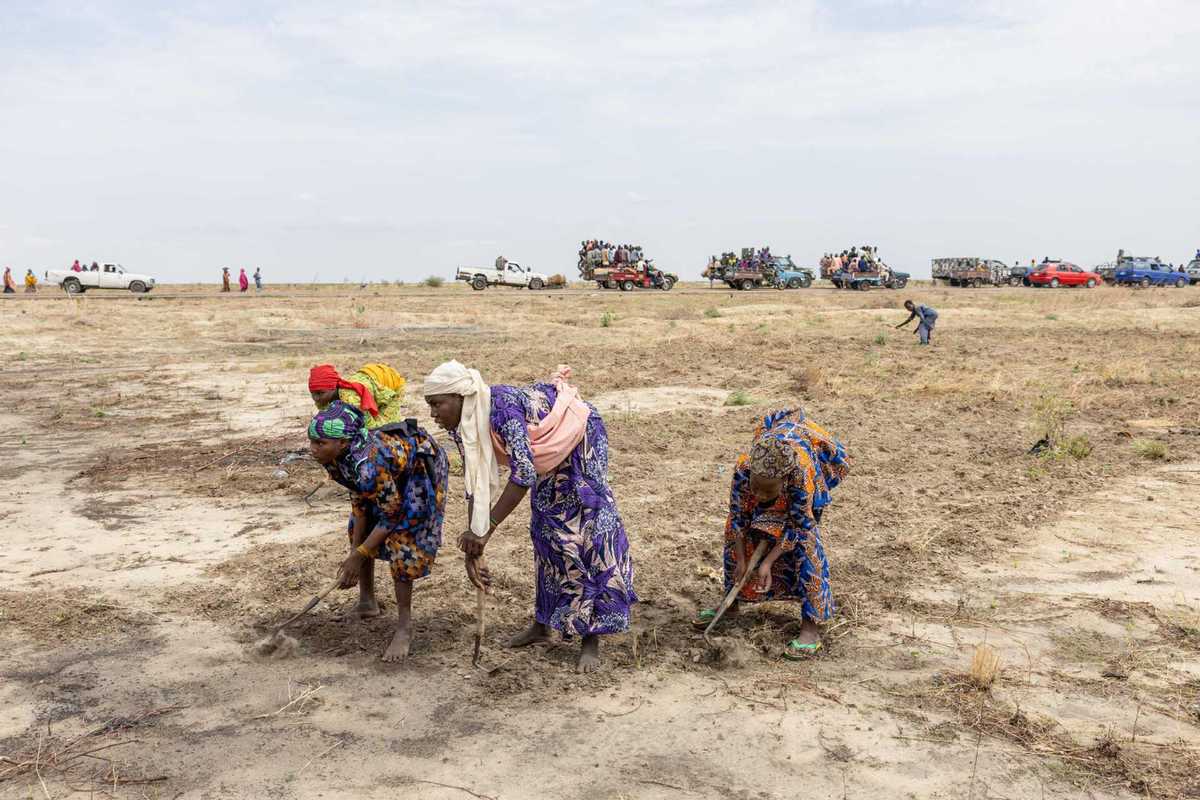Hunger rises in Africa and Western Asia despite global decline: report


Hunger continued to rise in most sub-regions of Africa and Western Asia, despite a global decline for the third consecutive year in 2024, according to a new report by the United Nations.
The State of Food Security and Nutrition in the World 2025 report, released on Monday by five specialized agencies of the UN, revealed that more than 20 percent of Africa's population faced hunger in 2024, affecting about 307 million people.
The middle Africa reported the highest prevalence of undernourishment, accounting for 30 percent globally.
In Northern Africa, the prevalence rose from 7.8 percent in 2022 to 10.7 percent in 2024, reflecting a significant deterioration in food security.
Notably, Eastern Africa was the only sub-region on the continent that did not record an increase in undernourishment during this period.
The report revealed that the number of people facing chronic undernourishment in Africa has increased by 113 million since 2015, when the 2030 Agenda for Sustainable Development was launched.
In Western Asia, an estimated 12.7 percent of the population or more than 39 million people were likely affected by hunger during the same period.
The report estimates that 512 million people could be chronically undernourished by 2030, with Africa accounting for 60 percent of that total.
The researchers warned that this prediction underscores the immense challenge of achieving Sustainable Development Goal 2, which aims to end hunger by 2030.
Globally, an estimated 8.2 percent of the population, about 673 million people, experienced hunger in 2024, down from 8.5 percent in 2023 and 8.7 percent in 2022.
Southern Asia and Latin America recorded the most significant progress in reducing hunger during period under review.
In Asia, the prevalence of undernourishment declined from 7.9 percent in 2022 to 6.7 percent in 2024, affecting 323 million people.
Similarly, Latin America and the Caribbean saw undernourishment fall to 5.1 percent, or 34 million people, in 2024, down from a peak of 6.1 percent in 2020.
Qu Dongyu, director-general of the Food and Agriculture Organization, noted that while the decline in the global hunger rate is encouraging, it is important to recognize that progress remains uneven across regions.
"This report serves as a critical reminder that we need to intensify efforts to ensure that everyone has access to sufficient, safe, and nutritious food," he said.
"To achieve this, we must work collaboratively and innovatively with governments, organizations, and communities to address the specific challenges faced by vulnerable populations, especially in regions where hunger remains persistent."
Cindy McCain, the executive director of World Food Programme, emphasized that although hunger remains at alarming levels globally, the funding needed to tackle it is declining.
"This year, funding cuts of up to 40 percent means that tens of millions of people will lose the vital lifeline we provide," she said.
"While the small reduction in overall rates of food insecurity is welcome, the continued failure to provide critical aid to people in desperate need will soon wipe out these hard-won gains, sparking further instability in volatile regions of the world."

































